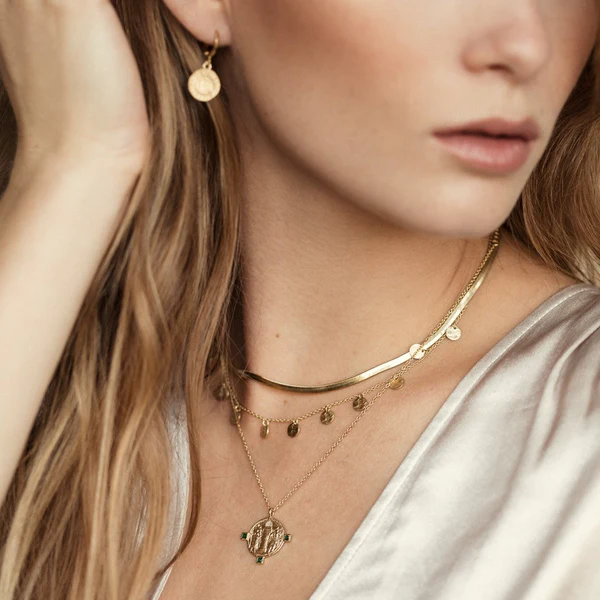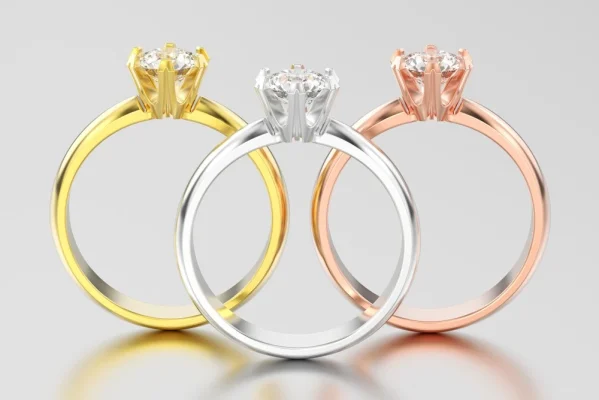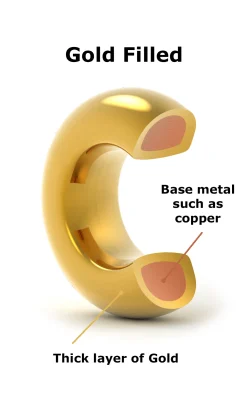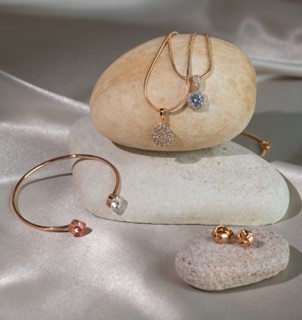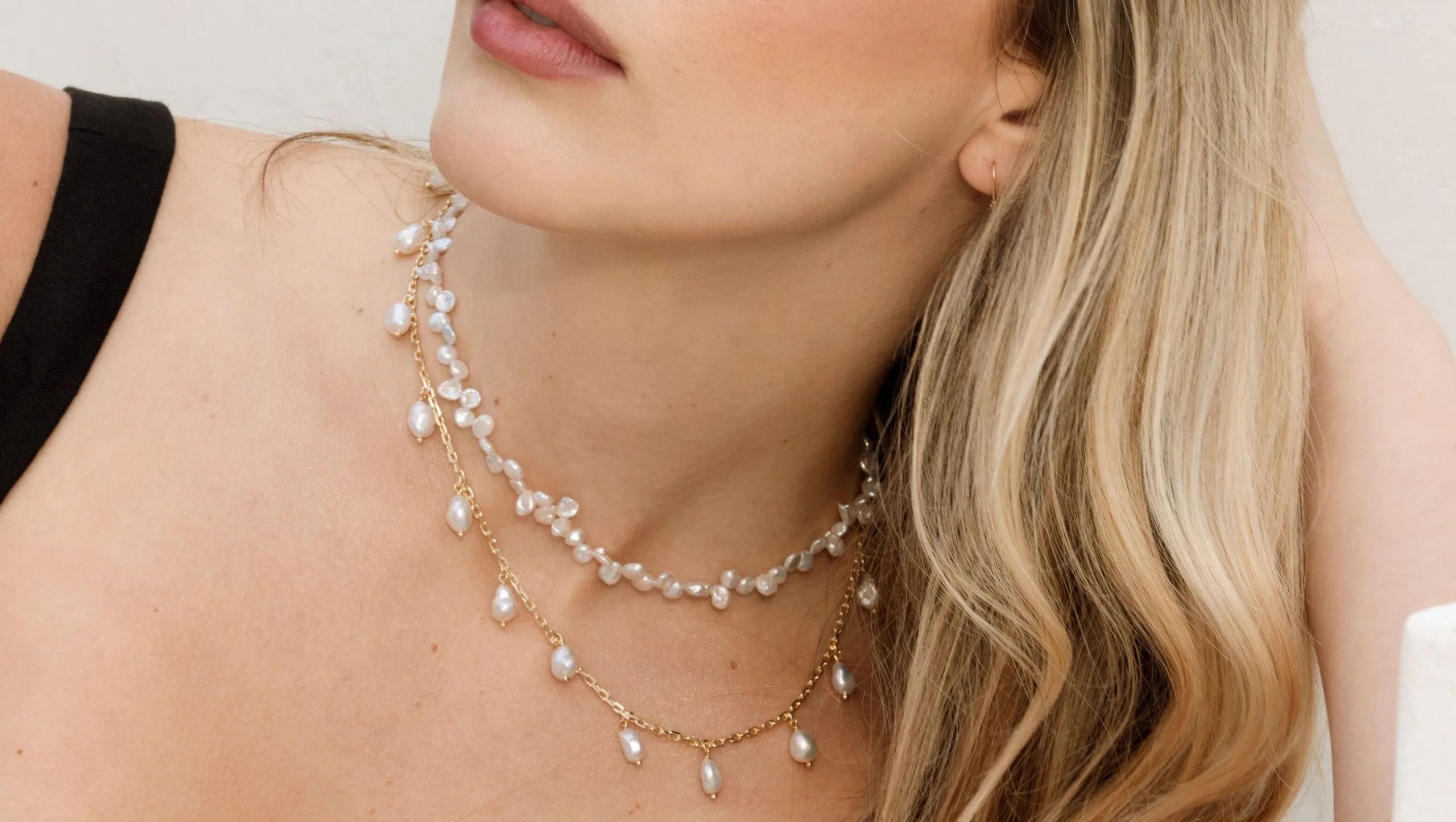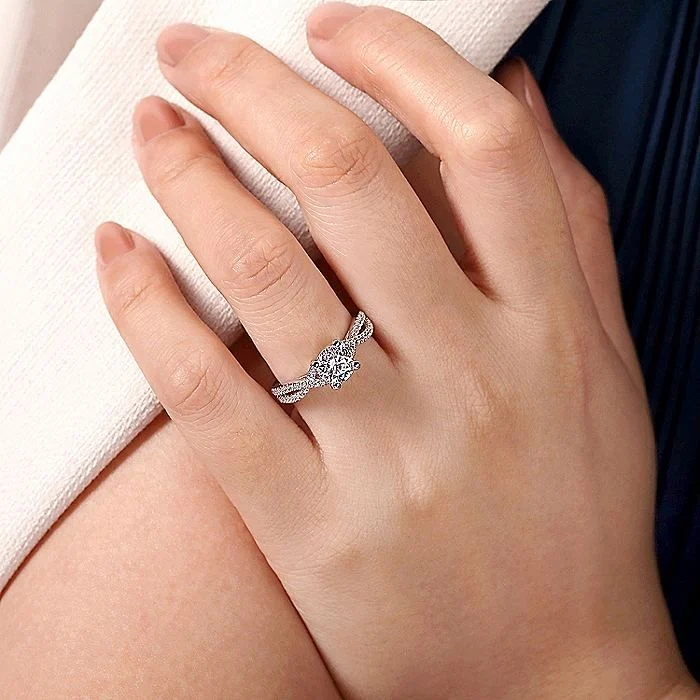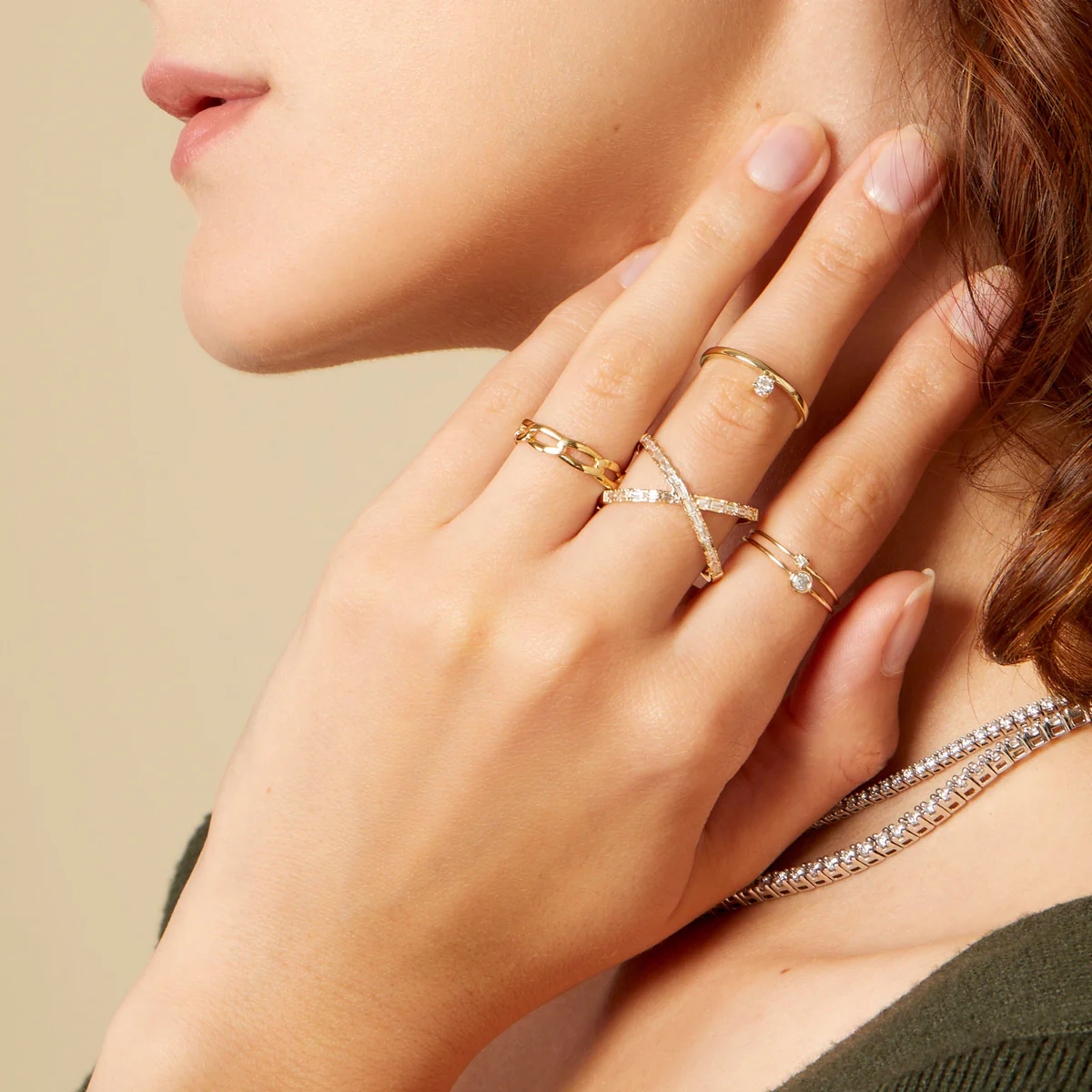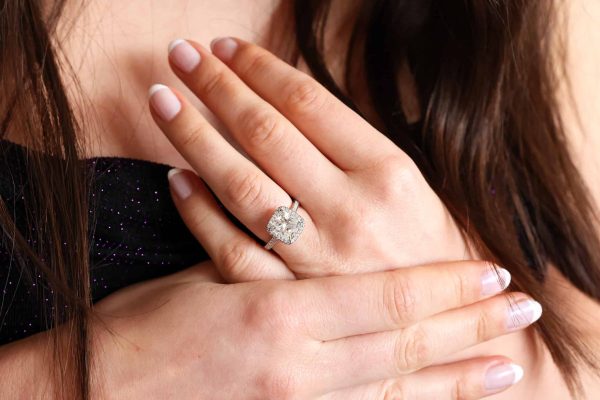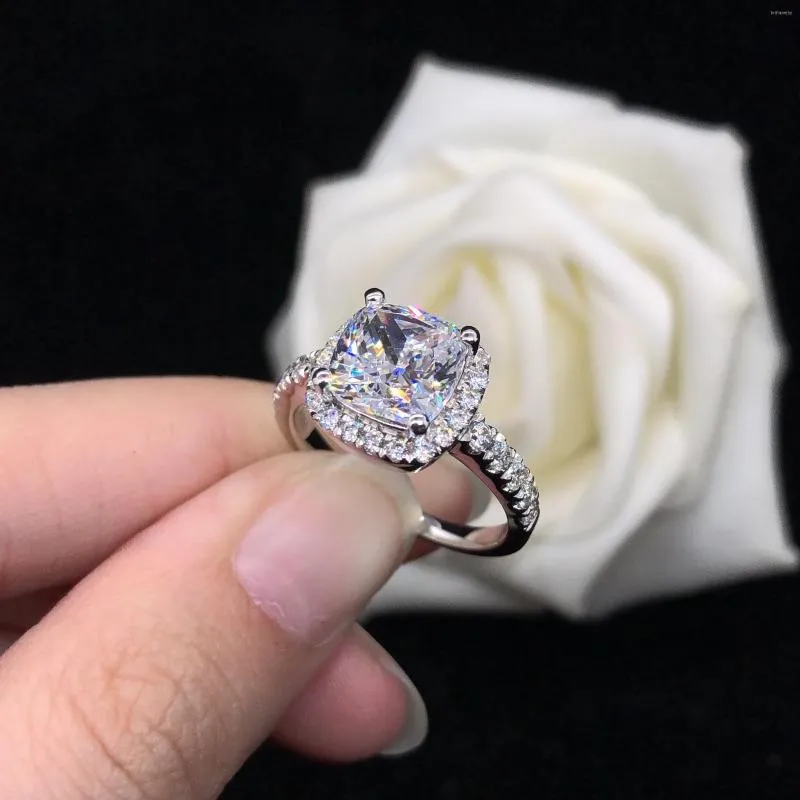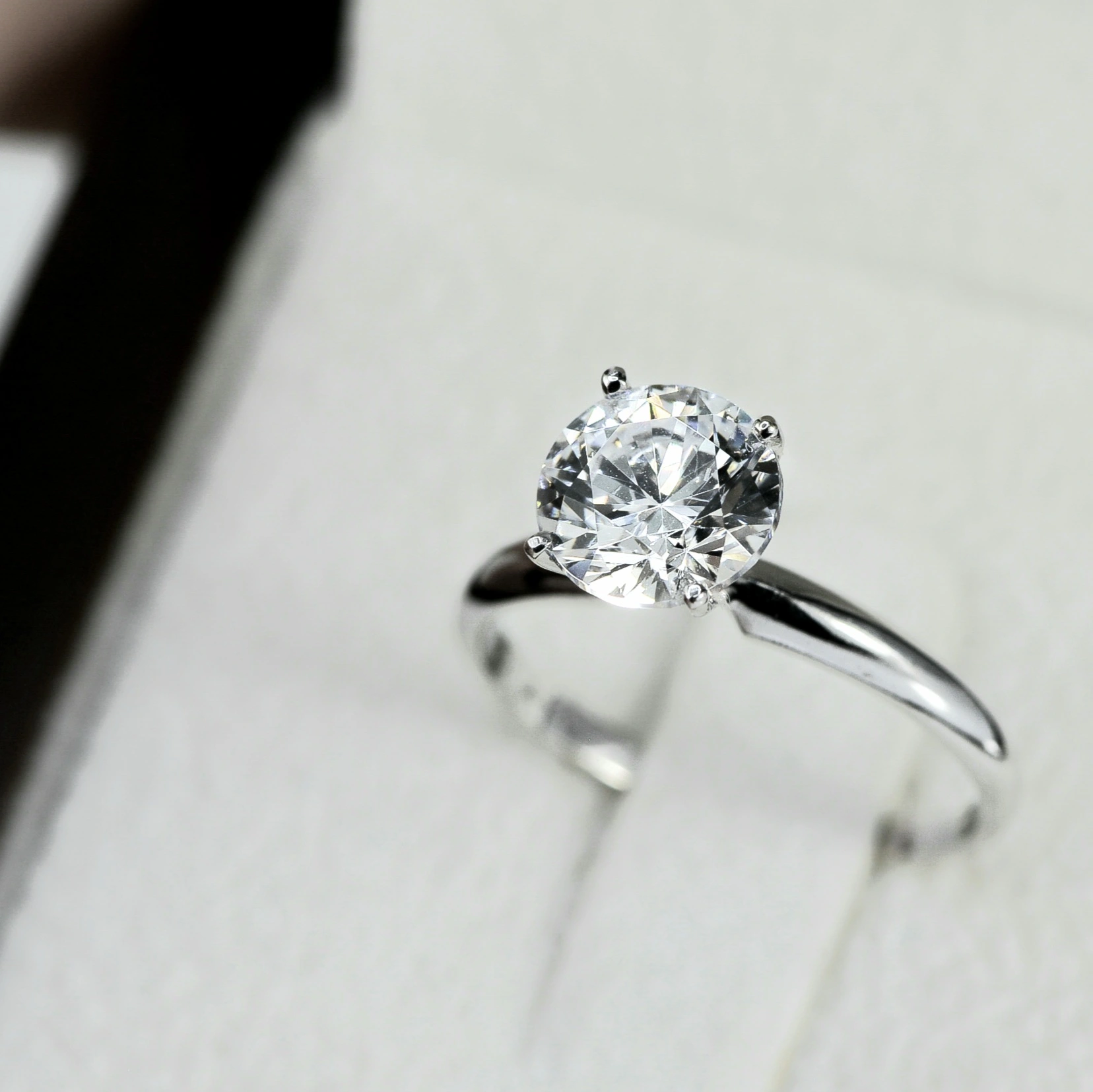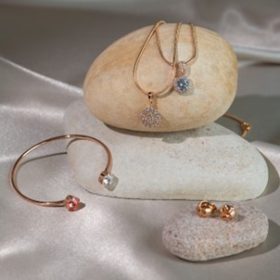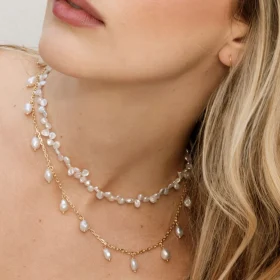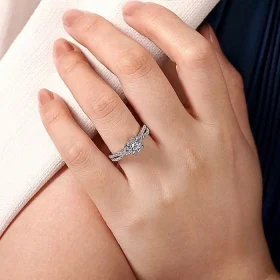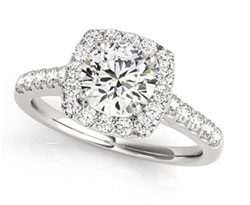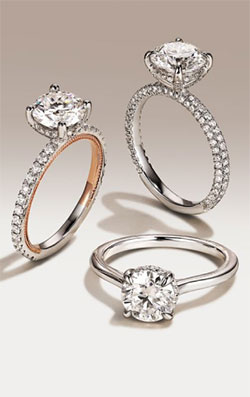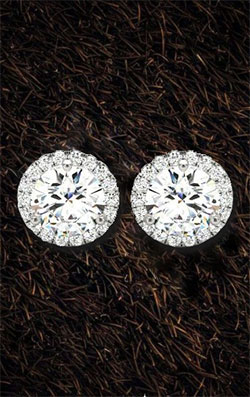Few tasks in life are as stressful as purchasing jewelry.
Come to think of it, it’s not the actual process that’s tiring but knowing what to purchase.
This is especially true if you’re interested in buying gold jewelry. There’s so much jargon that it will leave you scratching your head, such as gold plated, solid gold, and gold-filled jewelry.
By the looks of it, solid gold and gold-filled should mean the same thing.
It doesn’t.
The difference boils down to how much gold you get in the jewelry. We’ll explain more later, but for now, here’s the order you need to remember in terms of getting the most to least gold: solid gold à gold filled à gold plated.
Now, it’s time for a more detailed explanation.
What Does Gold-Plated Jewelry Mean?
Gold plated jewelry is made by covering a base metal with a thin layer of gold. The base metal can be copper, stainless steel, or brass. The layer of gold is bonded to the base metal through an electric current, a process called electroplating.
Types of Gold Plating
- Flash Plating: In flash plating, a very thin layer of gold is applied to the base metal, usually less than 0.175 microns.
- Micron Plating: Micron plating is generally more durable than flash plating, and its thickness is around 1 micron.
- Vermeil (Pronounced Ver-May): This is commonly applied on sterling silver, and the gold layer must be at least 2.5 microns to qualify as vermeil.
Advantages of Gold-Plated Jewelry
- Gold plated jewelry is less expensive than solid gold jewelry but offers similar aesthetics.
- Gold plated jewelry is available in multiple designs, colors, and styles.
- Gold plated jewelry can be easily combined with trendy and fashion-forward accessories.
Disadvantages of Gold-Plated Jewelry
- Gold-plated jewelry is prone to tarnishing and fading.
- Caring for and maintaining gold-plated jewelry is demanding.
- Gold-plated jewelry can cause allergies, especially if it has a non-hypoallergenic metal base.
Is Gold Plated Real Gold?
Gold-plated jewelry does contain real gold, but it is not made entirely of gold. Gold plating involves electroplating a thin layer of real gold onto a base metal. The thickness of this gold layer can vary, but it is typically very thin, ranging from less than a micron to a few microns.
What Does Solid Gold Jewelry Mean?
Although the name might suggest otherwise, solid gold is not entirely made of gold. The reason is that pure gold is too soft to use. So, it’s alloyed with other metals to improve the strength and durability.
Understanding the Karat System
Karat, abbreviated as K, is used to measure the purity of gold. In the fascinating world of gold jewelry, the following are the most common karats:
- 24K: 100% gold, too soft and brittle, and can easily bend.
- 22K: 6% gold, slightly more durable than 24K gold, but soft nonetheless.
- 18K: 75% gold, more durable than 24K and 22K gold. Mostly used for high-end jewelry.
- 14K: 3% gold. A perfect balance of purity and durability.
- 10K: 7% gold, the most durable karat system and the least expensive.
Types of Solid Gold Jewelry
- Yellow Gold: The traditional color, a blend of pure gold with copper and silver.
- White Gold: Alloyed with white metals like nickel, palladium, or silver, and often rhodium-plated for a shiny finish.
- Rose Gold: Contains a higher percentage of copper, giving it a pinkish hue.
Advantages of Solid Gold Jewelry
- Solid gold jewelry is long-lasting and durable.
- It retains its beauty and charm over time.
- It has a high intrinsic value.
Disadvantages of Solid Gold Jewelry
- It’s more expensive than gold-plated jewelry.
- The higher the karats, the more they’ll be prone to scratching.
- Solid gold may not be suitable for all jewelry styles.
What Does Gold-Filled Jewelry Mean?
In this blog, we summarized the differences between three gold jewelry types: plated, solid gold, and gold filled. Otherwise, you might interchange the names and end up with one when you wanted to purchase the other.
In gold-plated jewelry, the gold is bonded to the metal base through an electric current. However, gold is mechanically bonded to the base metal in gold-filled jewelry.
And the layer of gold is thicker than that used in gold-plated jewelry, making the former more durable and long-lasting.
Advantages of Gold-Filled Jewelry
- The thick gold layer makes it resistant to tarnishing and wear, lasting many years with proper care.
- Looks almost identical to solid gold due to the significant amount of gold used.
- Less likely to cause skin irritation or allergies compared to gold-plated jewelry.
Disadvantages of Gold-Filled Jewelry
- If not properly cared for, gold-filled jewelry can tarnish over time.
- Compared to gold-plated jewelry, the design options are limited.
- The resale value of gold-filled jewelry is lower than gold-plated jewelry.
The Differences Between Gold-Plated Jewelry and Solid Gold Jewelry
Now that you know the composition of gold-plated and solid gold jewelry, it might be easier to distinguish one from the other. However, if you still need help, do not worry. We’ve compiled a list of tips to spot the differences between both:
- Gold-plated jewelry is often labeled GP (gold-plated), while solid gold is marked with a karat system (e.g., 10K, 14K).
- Gold-plated jewelry could be magnetic due to the base metal, while solid-gold jewelry is non-magnetic.
- If you scratch gold-plated jewelry, it’ll show a different metal underneath. In contrast, solid gold jewelry will have a uniform color.
- The base metal in gold-plated jewelry might change color when acid is applied; solid gold does not react strongly to acid tests.
- Gold-plated jewelry is lighter than solid gold jewelry.
- Solid gold jewelry is generally more expensive than gold-plated jewelry. So, if a solid gold piece seems surprisingly cheap, it probably isn’t real. In such cases, it’s best to consult a professional jeweler.
Summing It Up
In this blog, we summarized the differences between three types of gold jewelry: gold plated, solid gold, and gold filled.
While searching for the perfect piece, keep these differences in mind as you navigate the sparkly yet challenging world of jewelry.
At Fine Jewelry and Gemstones, we pride ourselves on offering a comprehensive collection of gold jewelry. Whether you want an exquisite ring or a stunning necklace, our products will sweep you off your feet.
Frequently Asked Questions (FAQs)
Solid gold is generally better due to its higher durability, intrinsic value, and longevity. It maintains its appearance and value over time better than gold-plated jewelry.
Yes, gold-plated jewelry is worth buying if you want the look of gold at a lower cost. It’s great for fashion pieces and trendy designs you may not wear long-term.
The durability of gold-plated jewelry depends on factors like wear frequency and care. With proper maintenance and avoiding exposure to harsh chemicals, it can last anywhere from 1 to 5 years before the gold layer starts to wear off.
Gold-plated jewelry uses real gold in its thin layer on the surface, but the base metal underneath is not gold. Therefore, while the gold layer is real, the jewelry as a whole is not considered solid gold.





